Atrioventricular Septal Defect (AVSD)
The heart is made up of 4 chambers: two filling chambers (medical term: right and left atria) and two pumping chambers (medical term: right and left ventricles). In the normal heart, the left ventricle pumps blood to the body and the right ventricle pumps blood to the lungs.
The left heart contains oxygen-rich blood for the body. The right heart contains oxygen-poor blood, which is pumped through the lungs to be filled with oxygen.
» Click here to take an animated tour of the normal heart
The term AVSD is shorthand for Atrioventricular Septal Defect. Translating this into plain English:
- Atria = the two upper chambers that connect to the top of the heart
- Ventricles = the two lower pumping chambers of the heart
- Septal = wall between the chambers of the heart
- Defect = hole or abnormality
Therefore, people born with AVSDs have a HOLE in the WALL between both the UPPER AND LOWER CHAMBERS of the heart. This can increase blood flow to the lungs. This can cause high blood pressure in the lungs, leading to a condition called pulmonary hypertension.
AVSDs also affect the aortic and pulmonary valves. Instead of 2 separate valves on the left and right side of the heart, there may be one big valve. In other types of AVSD, the left and right valves are partly joined together. Blood can leak across the valve(s), making more work for the heart. Over time, this can weaken the heart muscle and cause heart failure.
If you have a partial AVSD, this usually means that there is a hole between the upper chambers and a problem with the valve.
Is this common?
It’s pretty common and we see lots of patients with repaired AVSD at TGH.
If I was born with AVSD, what do I need to know?
Most patients with AVSDs will have had surgery when they were young. Later on, people with repaired AVSDs may have new symptoms. These can be a clue that there is a problem with the heart.
You should tell your doctor about the following symptoms:
- Dizzy spells with fainting / ‘black-outs’
- Palpitations
- Feeling out of breath with exercise
- Difficulty breathing when lying flat in bed
- Swelling in the legs or tummy
- Unexplained fever or sweats
If these symptoms occur it is important to let your doctor know.
Will I need treatment as I get older?
Because patients with AVSDs can have new heart problems when they get older, it is very important to be followed closely by an Adult CHD centre.
Heart ultrasounds (Echos), CTs and MRIs are used to monitor the strength of the heart.
Treatment can include:
- Pills to control the heart rate
- Pills to help keep the heart strong
- Pills to improve blood flow to the lungs
- Blood thinners
- Pacemakers to help regulate the heart beat
- Surgery to repair leaky valves
This program was developed by:



